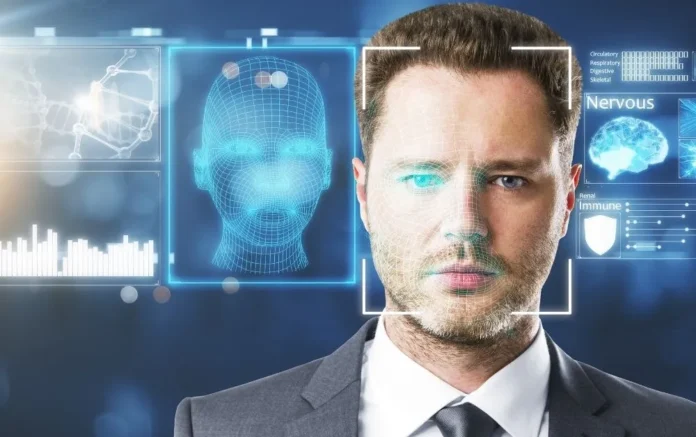JR East’s Shinkansen stations will trial new facial recognition systems that enable passengers to enter without touching anything as part of their Walk Through attempt.
The trial will start in autumn 2025 when Panasonic Connect partners with JR East and JR East Mechatronics to deploy facial recognition ticket gates at Shinkansen stops Nagaoka and Niigata on Jōetsu Line. The field research at both stations will start in autumn 2025 but has been scheduled to run until the following spring of 2026.
The goal?
No cards. No phones. Just your face.
Why Facial Recognition Gates?
JR East intends to transform the Suica travel experience for its customers. The “Suica Renaissance” project targets the development of an automated system which enables contactless travel without tickets to serve various groups including parents with children and individuals with bags along with those in a rush.
- Parents with strollers
- Travellers with luggage
- People in a hurry
Traditional pass access issues become obsolete thanks to the implementation of facial recognition system. You just walk.
Panasonic Connect’s Role
- Panasonic Connect at Niigata Station will perform three main tasks.
- Panasonic Connect will be responsible for gate installation together with management duties for facial recognition ticket access points.
- The company will integrate its advanced AI camera instruments
- Deliver a smooth walk-through experience
The entry gates from Panasonic operate independently of facial detection and visible light requirements. They can handle:
- Glasses
- Masks
- Age changes
- Movement
Panasonic Connect operates its facial recognition systems across different settings including airports and theme parks and retail checkouts since they perform over 300,000 daily facial identification operations.
Where It’s Happening
📍 Nagaoka Station – Gates by JR East Mechatronics
📍 Niigata Station – Gates by Panasonic Connect
The gates at both stations will serve commuter passes between Nagaoka and Niigata stations which use Suica FREX and Suica FREX Pal.
How It Works
👤 Registration:
Users can register their face information before accessing this system.
🚇 At the Gate:
Look ahead. Walk in. You’re in.
💡 Gates use:
- Light & sound effects
- Anti-spoof image analysis
- Futuristic design for a high-tech feel
Why It Matters
- This isn’t just about speed. It’s about:
- Making travel easier for everyone
- Reducing contact in public spaces
- These new access points create conditions for upcoming train stops and stations in the future.
Facial recognition gates from Panasonic achieve top positions in NIST benchmarks regarding accuracy and speed performance worldwide. The organization strives to become the technological leader of rail-based facial recognition systems.
What Comes Next?
This trial will test:
- Tech accuracy
- Ease of use
- Public response
- Anti-spoof protection
The success of this solution can indicate further expansion of walk-through gates within Japan and potentially other countries.
Key Takeaways
- The Niigata Station welcomes facial recognition services through Panasonic Connect
- JR East maintains strong commitment toward contactless public transportation throughout its networks
- The introduction of face identification powered ticket gates might become an accepted standard soon.
- Japan is now closer to automated ticket gates through the collaborative efforts of Panasonic Connect and JR East including JR East Mechatronics.
Face the Future
This is more than a trial. This implementation represents the emerging trends that modern technology will establish as part of future mobility systems.
Your face is your ticket.
No lines. No taps. Just walk.

